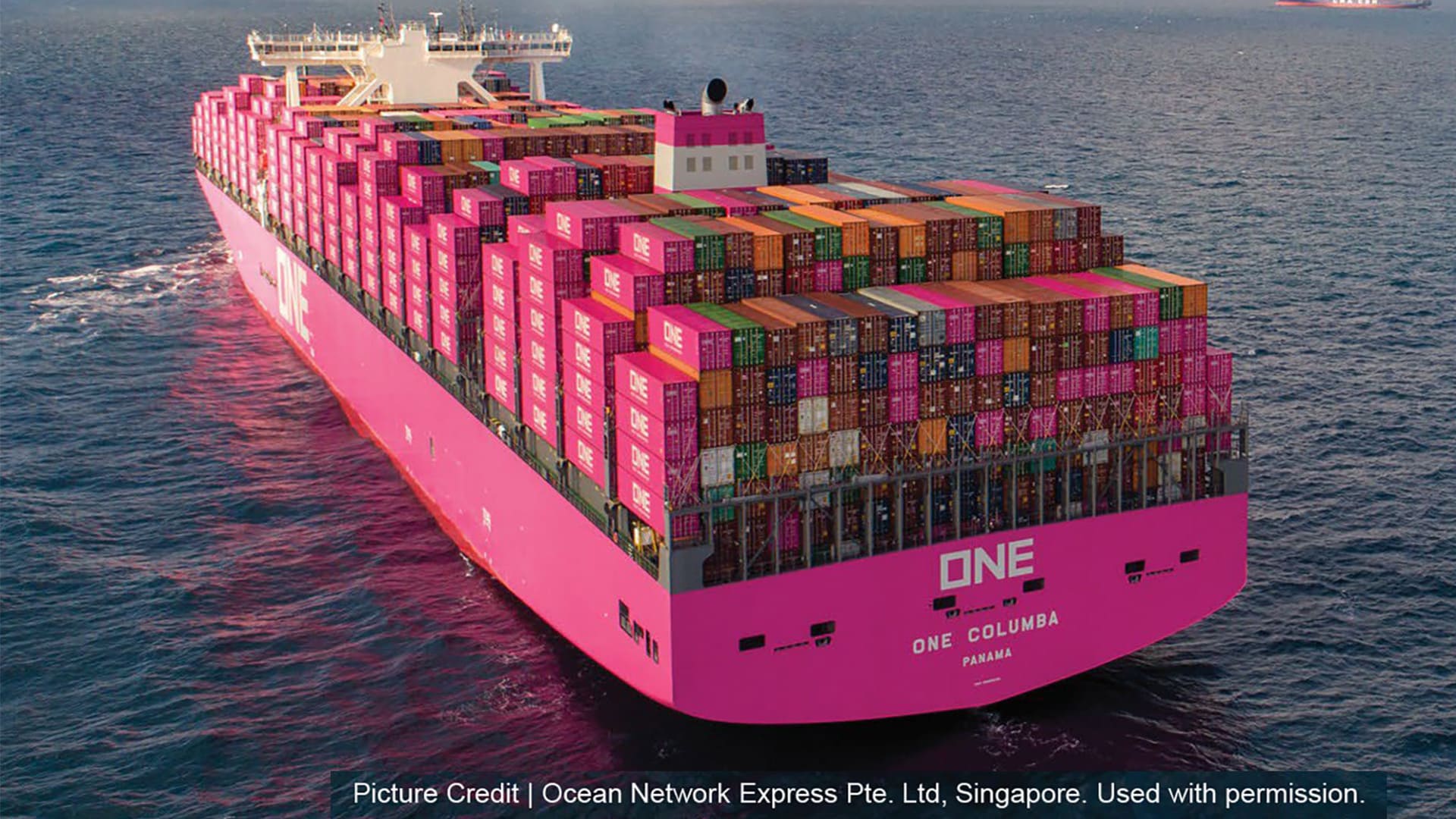
Ocean Network Express (ONE), the world’s sixth-largest shipping line, recently released its quarterly results for the second quarter of fiscal 2023 (April to June). While the numbers indicate a decline compared to the previous year’s pandemic-induced boom, they are still significantly better than the pre-COVID era.
During the height of the supply chain crisis, there were allegations of shipping lines collaborating to inflate rates and take advantage of customers. However, ONE’s recent results provide evidence that the container shipping market behaves similarly to commodity shipping markets. Rates tend to surge when cargo demand surpasses transport supply, but eventually, competition helps stabilize rates and utilization.
ONE reported a net income of $513 million in the last quarter, which is a substantial drop of 91% from the inflated results of the previous year and a decline of 58% compared to January-March of the same year. Nevertheless, it is still considerably better than the pre-pandemic figures. In April-June 2019, ONE reported a net income of only $5 million, while in April-June 2018, it faced losses amounting to $120 million.
The freight rates for ONE’s Asia-U.S. route in the most recent quarter dropped by 68% from the peak seen in July-September 2022. Despite the decline, the rates were still 22% higher than those recorded in the same period in 2019 and 26% above 2018 levels. Similarly, the average Asia-Europe rates for April-June were 75% lower than the peak in January-March 2022 but remained 39% higher than both 2018 and 2019 levels.
ONE attributed the sharp fall in long-term contract freight rates in North America and Europe to short-term freight rates. The dissipation of port congestion also contributed to an increase in vessel supply at a time when transport demand declined due to inventory backlogs.
During April-June, ONE’s utilization level in the Asia-U.S. trade fell to 82%, a notable drop from the COVID-era boom when it remained close to 100%. In comparison, the utilization rate during April-June 2019 was 86%.
Despite these fluctuations, the outlook remains uncertain as transport demand and trade patterns continue to evolve. ONE stated that making accurate business forecasts under such circumstances is challenging, and they have not yet determined the full-year forecast for FY 2023. In response to changing demand, the company plans to continue “blanking” (canceling) sailings.
On a positive note, there are indications of improvement in the trans-Pacific trade, potentially supporting higher utilization and spot rates in the current quarter. Reports of increased blank sailings and better capacity management in the trans-Pacific have contributed to rate support in July. Market participants expect the carriers’ next general rate increase, scheduled for Tuesday, to further elevate pricing.
According to the Drewry World Container Index (WCI), the trans-Pacific spot rate has seen four consecutive weeks of gains. The WCI Shanghai-Los Angeles assessment for the week ending Thursday reached $2,087 per forty-foot equivalent unit, marking a 32% increase from late June and a substantial 42% rise from the rates recorded at this time in 2019.

